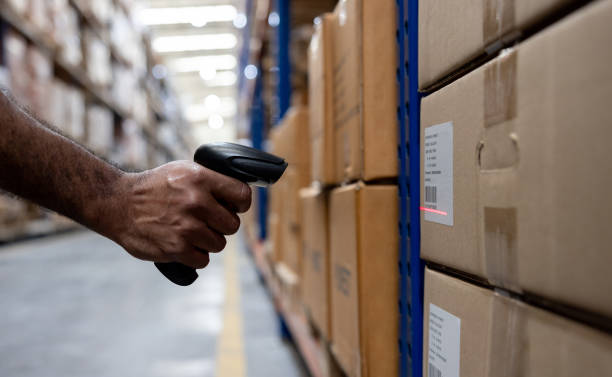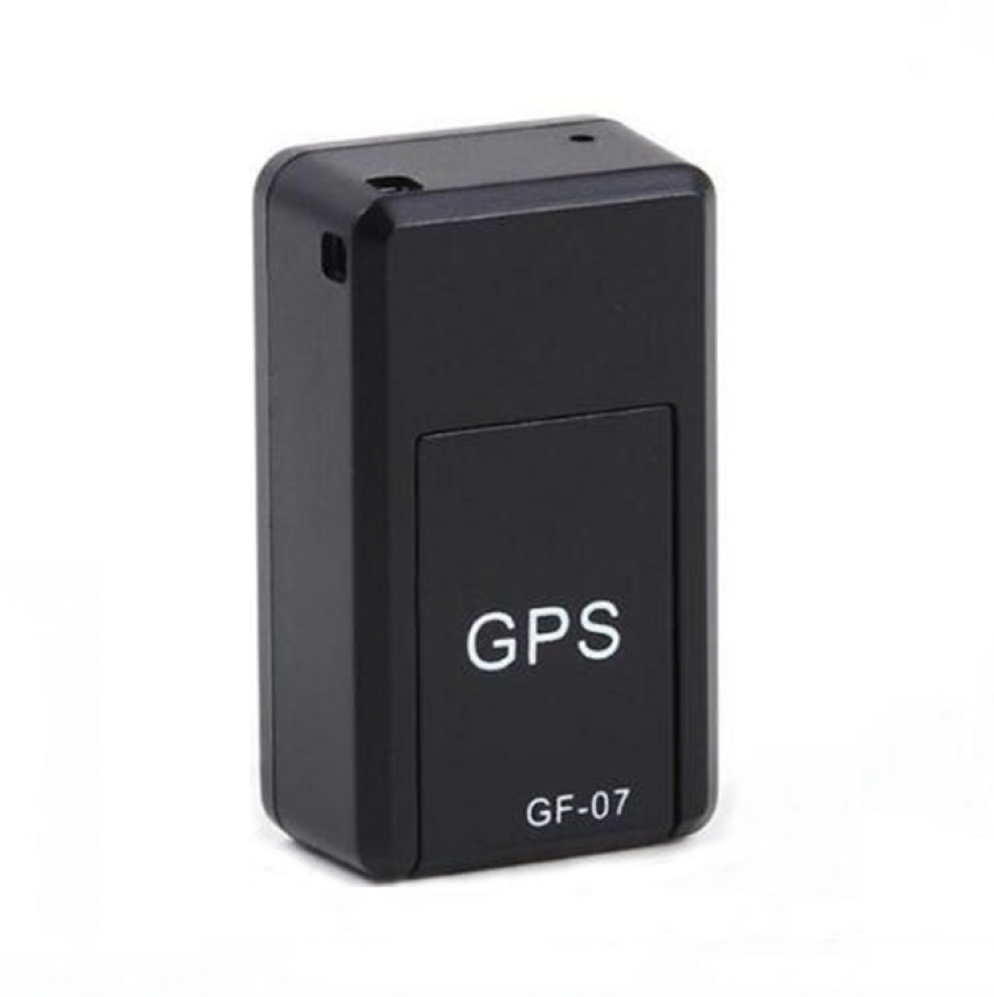Bayesian Device-Free Localization and Tracking in A Binary RF Sensor N…
페이지 정보
작성자 Millie 작성일25-10-10 20:33 조회0회 댓글0건관련링크
본문
 Received-sign-strength-based mostly (RSS-primarily based) system-free localization (DFL) is a promising approach because it is able to localize the person with out attaching any electronic system. This technology requires measuring the RSS of all links in the network constituted by a number of radio frequency (RF) sensors. It's an vitality-intensive activity, especially when the RF sensors work in traditional work mode, iTagPro bluetooth tracker by which the sensors immediately send uncooked RSS measurements of all links to a base station (BS). The standard work mode is unfavorable for the facility constrained RF sensors as a result of the quantity of data supply will increase dramatically as the variety of sensors grows. In this paper, we propose a binary work mode during which RF sensors ship the hyperlink states as an alternative of raw RSS measurements to the BS, iTagPro product which remarkably reduces the quantity of information delivery. Moreover, we develop two localization strategies for the binary work mode which corresponds to stationary and moving target, respectively. The first localization methodology is formulated based on grid-primarily based most probability (GML), which is able to achieve global optimum with low online computational complexity. The second localization methodology, nevertheless, uses particle filter (PF) to track the goal when fixed snapshots of link stats are available. Real experiments in two totally different kinds of environments have been conducted to judge the proposed methods. Experimental outcomes present that the localization and tracking efficiency beneath the binary work mode is comparable to the these in traditional work mode whereas the power efficiency improves significantly.
Received-sign-strength-based mostly (RSS-primarily based) system-free localization (DFL) is a promising approach because it is able to localize the person with out attaching any electronic system. This technology requires measuring the RSS of all links in the network constituted by a number of radio frequency (RF) sensors. It's an vitality-intensive activity, especially when the RF sensors work in traditional work mode, iTagPro bluetooth tracker by which the sensors immediately send uncooked RSS measurements of all links to a base station (BS). The standard work mode is unfavorable for the facility constrained RF sensors as a result of the quantity of data supply will increase dramatically as the variety of sensors grows. In this paper, we propose a binary work mode during which RF sensors ship the hyperlink states as an alternative of raw RSS measurements to the BS, iTagPro product which remarkably reduces the quantity of information delivery. Moreover, we develop two localization strategies for the binary work mode which corresponds to stationary and moving target, respectively. The first localization methodology is formulated based on grid-primarily based most probability (GML), which is able to achieve global optimum with low online computational complexity. The second localization methodology, nevertheless, uses particle filter (PF) to track the goal when fixed snapshots of link stats are available. Real experiments in two totally different kinds of environments have been conducted to judge the proposed methods. Experimental outcomes present that the localization and tracking efficiency beneath the binary work mode is comparable to the these in traditional work mode whereas the power efficiency improves significantly.

Object detection is broadly used in robot navigation, intelligent video surveillance, industrial inspection, aerospace and lots of different fields. It is a vital department of image processing and laptop vision disciplines, iTagPro product and can also be the core a part of clever surveillance techniques. At the identical time, target detection can also be a basic algorithm in the sphere of pan-identification, which performs a significant role in subsequent duties such as face recognition, gait recognition, crowd counting, and occasion segmentation. After the primary detection module performs goal detection processing on the video frame to acquire the N detection targets in the video body and the primary coordinate info of every detection target, iTagPro smart tracker the above method It additionally consists of: displaying the above N detection targets on a display screen. The primary coordinate information corresponding to the i-th detection goal; acquiring the above-talked about video frame; positioning within the above-mentioned video frame in response to the primary coordinate data corresponding to the above-mentioned i-th detection target, iTagPro product obtaining a partial image of the above-mentioned video body, and figuring out the above-talked about partial image is the i-th image above.

Display multiple faces within the above video frame on the display. Determine the coordinate list based on the primary coordinate info of every face above. The first coordinate info corresponding to the goal face; acquiring the video frame; and positioning within the video frame based on the first coordinate info corresponding to the goal face to obtain a partial picture of the video body. The prolonged first coordinate info corresponding to the face; the above-mentioned first coordinate info corresponding to the above-talked about goal face is used for positioning in the above-mentioned video body, iTagPro product including: in accordance with the above-mentioned extended first coordinate information corresponding to the above-mentioned goal face. Within the detection process, if the partial image contains the target face, acquiring place data of the target face within the partial picture to acquire the second coordinate information. The second detection module performs target detection processing on the partial image to determine the second coordinate data of the opposite goal face.
In: performing goal detection processing on the video frame of the above-talked about video via the above-talked about first detection module, acquiring multiple human faces in the above-mentioned video body, and the first coordinate information of every human face; the native image acquisition module is used to: iTagPro product from the above-mentioned a number of The goal face is randomly obtained from the private face, and itagpro bluetooth the partial picture of the above-mentioned video frame is intercepted in line with the above-talked about first coordinate information; the second detection module is used to: carry out target detection processing on the above-talked about partial image by way of the above-talked about second detection module, in order to obtain the above-talked about The second coordinate data of the goal face; a show module, configured to: display the target face in accordance with the second coordinate data. The goal tracking methodology described in the primary side above may realize the target choice methodology described in the second aspect when executed.
댓글목록
등록된 댓글이 없습니다.
